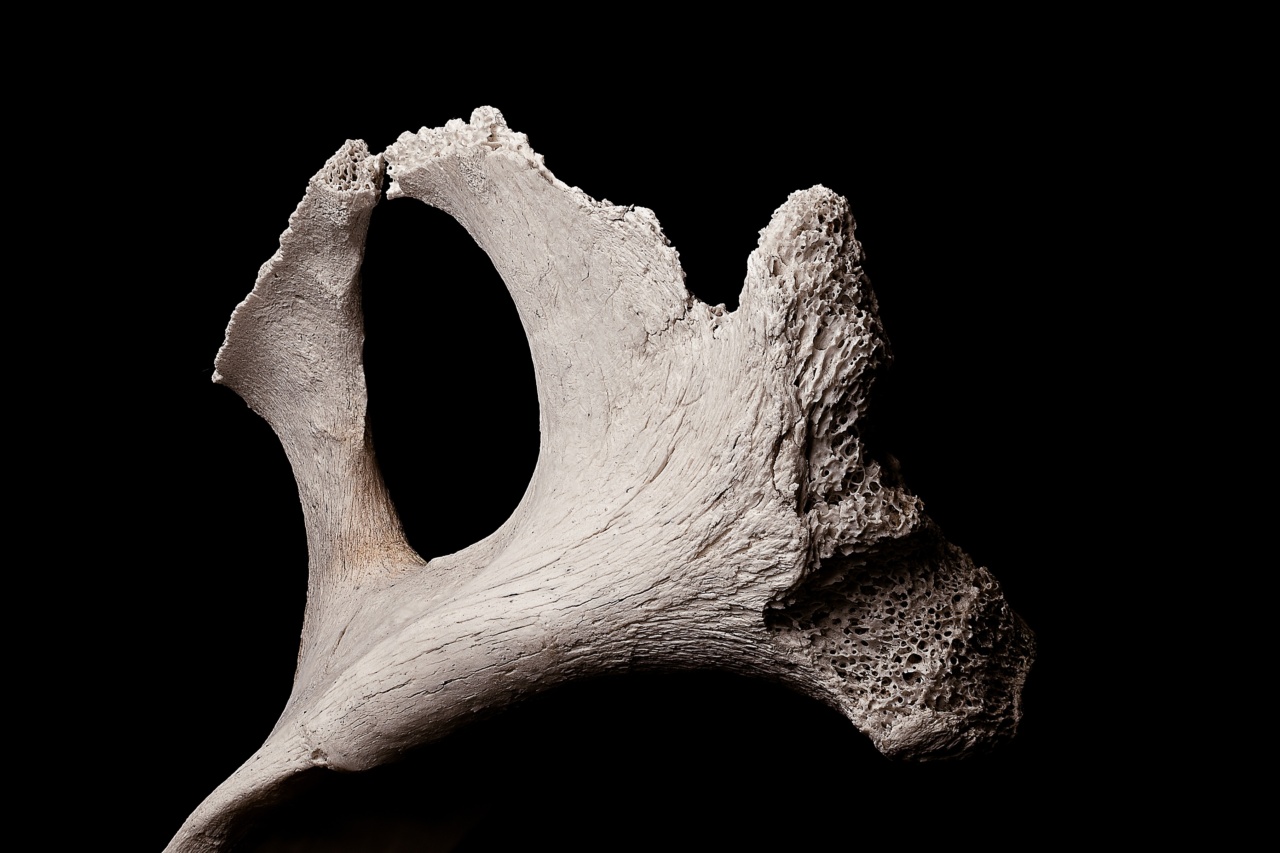Bone mineral density (BMD) is a measure of the amount of mineral, namely calcium and phosphorus, present in bones.
It is an important factor in determining the strength and density of bones, and thus, plays a crucial role in reducing the risk of fractures and osteoporosis, especially in older adults and postmenopausal women.
Vitamin E is a fat-soluble antioxidant vitamin that can be found in nuts, seeds, and green leafy vegetables. Several studies have pointed towards the potential role of vitamin E in maintaining bone health, but the evidence is mixed.
This article explores the effect of vitamin E on bone mineral density and the current state of research in this area.
The Role of Vitamin E in Bone Health
Vitamin E is primarily known for its antioxidant properties that help protect cells from damage caused by free radicals.
However, this vitamin may also play a role in maintaining bone health through its interaction with various signaling pathways and hormones in the body.
Vitamin E has been shown to stimulate the production of osteoblasts, the cells responsible for bone formation, in animal studies.
It may also affect bone remodeling, the process by which old bone tissue is broken down and replaced by new bone tissue, by regulating the activity of osteoclasts, the cells responsible for bone resorption.
In addition, vitamin E may also interact with vitamin D, a key regulator of calcium absorption and bone metabolism.
Vitamin E has been shown to enhance the effects of vitamin D in the intestines, increasing calcium absorption and reducing the risk of bone loss.
The Evidence on Vitamin E and Bone Mineral Density
Several studies have investigated the potential role of vitamin E in maintaining bone mineral density, but the results have been mixed.
A meta-analysis of randomized controlled trials published in 2015 found no significant association between vitamin E supplementation and changes in bone mineral density in postmenopausal women.
Another meta-analysis published in 2018, which included both men and women, found that vitamin E supplements had a small positive effect on bone mineral density, but the effect was not statistically significant.
On the other hand, a study published in the Journal of Bone and Mineral Research in 2012 found that high doses of vitamin E supplements (800 IU per day) over a two-year period improved bone mineral density in postmenopausal women with osteoporosis.
Another study published in the same journal in 2010 found that vitamin E supplements (400 IU per day) combined with vitamin C supplements (500 mg per day) had a positive effect on bone mineral density in elderly women.
Overall, the evidence on the effect of vitamin E on bone mineral density is conflicting and requires further research to establish any conclusive findings.
How Much Vitamin E Do You Need?
The recommended daily intake of vitamin E for adults is 15 mg or 22.4 IU. However, most people can easily meet their daily requirements through a healthy diet that includes foods such as nuts, seeds, vegetable oils, and green leafy vegetables.
There is currently no established upper limit for vitamin E, but high doses of supplements may have harmful effects, including an increased risk of bleeding and reduced absorption of other fat-soluble vitamins.
Conclusion
Vitamin E may play a role in maintaining bone health, but the evidence is mixed and requires further research to establish any conclusive findings.
While vitamin E supplements may have potential benefits for bone mineral density, it is important to meet your daily requirements through a healthy diet and avoid high doses of supplements.































